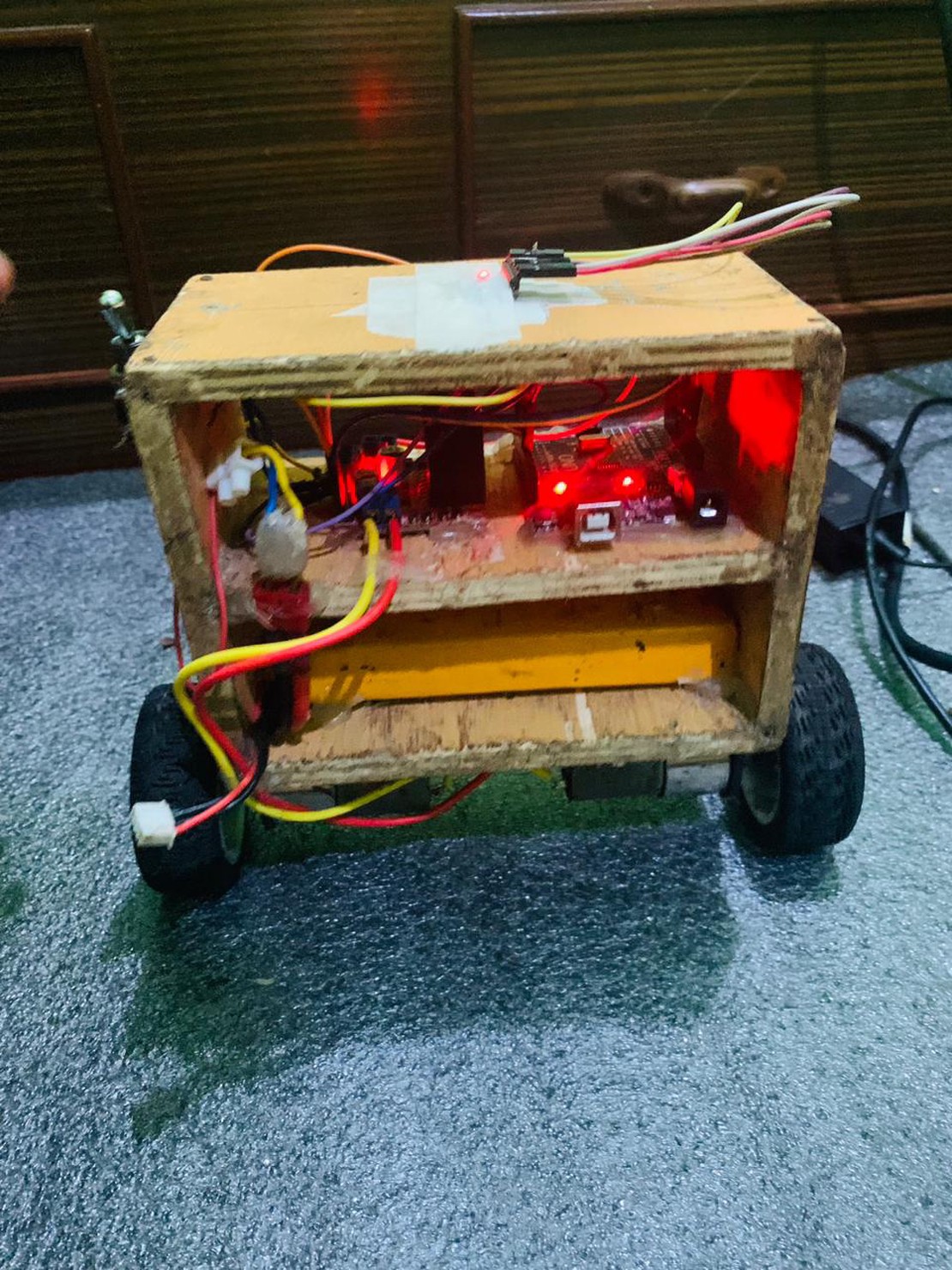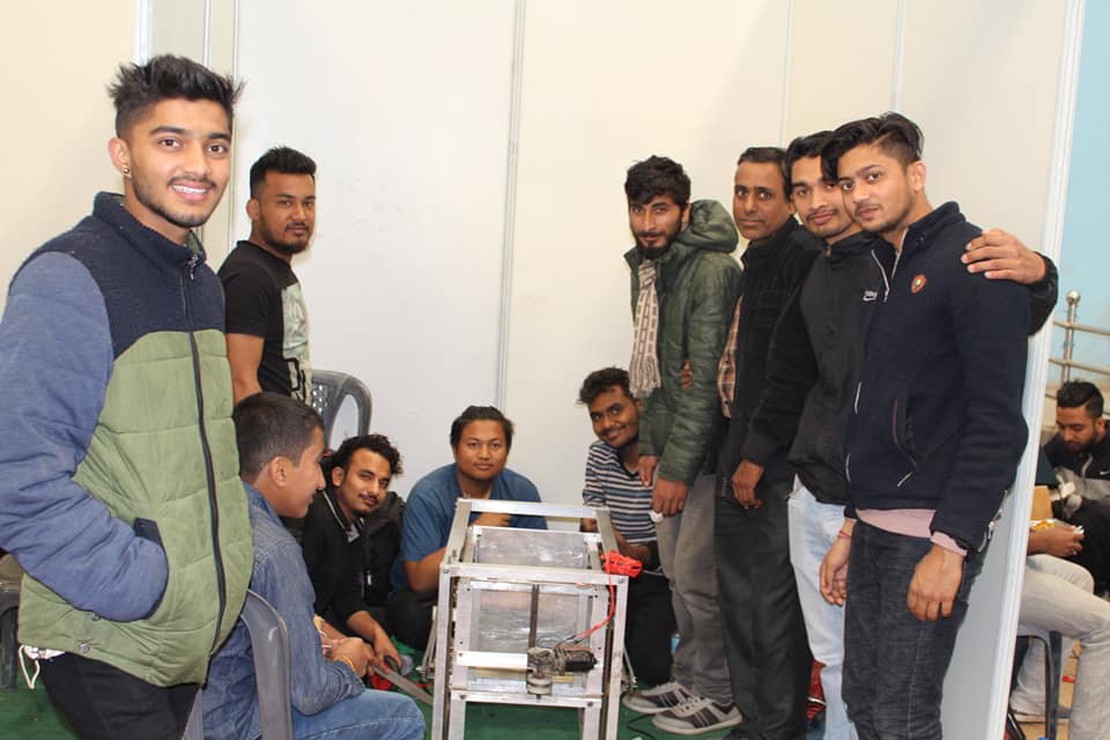
Analytical and Experimental Approach for Modeling, Simulation and Validation of Two-Wheeled Self-Balancing Robot
- Spandan Guragain
- Projects , Achievements
- October 5, 2023
Two-Wheeled Self-Balancing Robot (TWSBR) has many applications and is an important research topic in robotics and control engineering. The principle behind the operation of a TWSBR is an inverted pendulum. The mathematical modelling of the TWSBR is still challenging as it includes non linear components to operate. This study aims the analysis of a two-wheeled, micro-controller based fabricated TWSBR.
The linear mathematical model of each of the components of TWSBR has been obtained. Some of the components has been modelled using experimental model identification method while some are represented analytical approximations. A PID controller has been used to balance the TWSBR in upright position. The overall system has been simulated in MATLAB/SIMULINK. The result from the simulation is compared with real time hardware setup of the system to validate the mathematical model and stability of the TWSBR. The investigation has shown adequate accuracy in the models of components used in TWSBR.
Moreover, the simulated results shows similar behaviour to that of hardware realization of the robot. This study may help on several research related to system identification, mathematical modeling and controller design of TWSBR.


